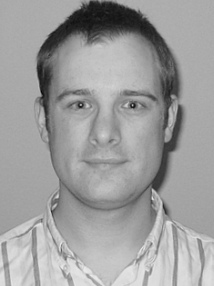BibTex format
@article{Clare:2021:10.1016/j.cageo.2020.104658,
author = {Clare, MCA and Percival, JR and Angeloudis, A and Cotter, CJ and Piggott, MD},
doi = {10.1016/j.cageo.2020.104658},
journal = {Computers and Geosciences},
pages = {1--13},
title = {Hydro-morphodynamics 2D modelling using a discontinuous Galerkin discretisation},
url = {http://dx.doi.org/10.1016/j.cageo.2020.104658},
volume = {146},
year = {2021}
}

